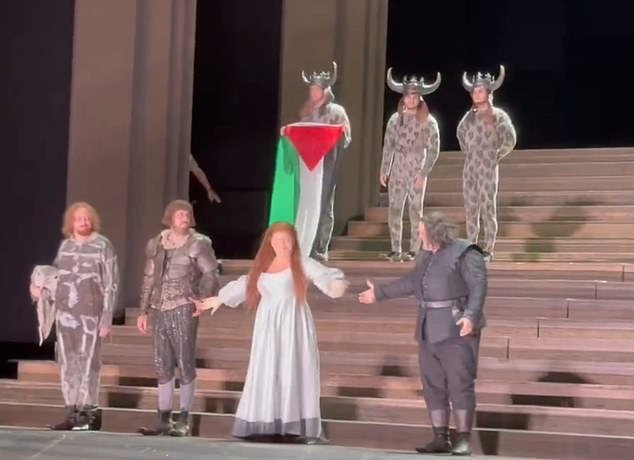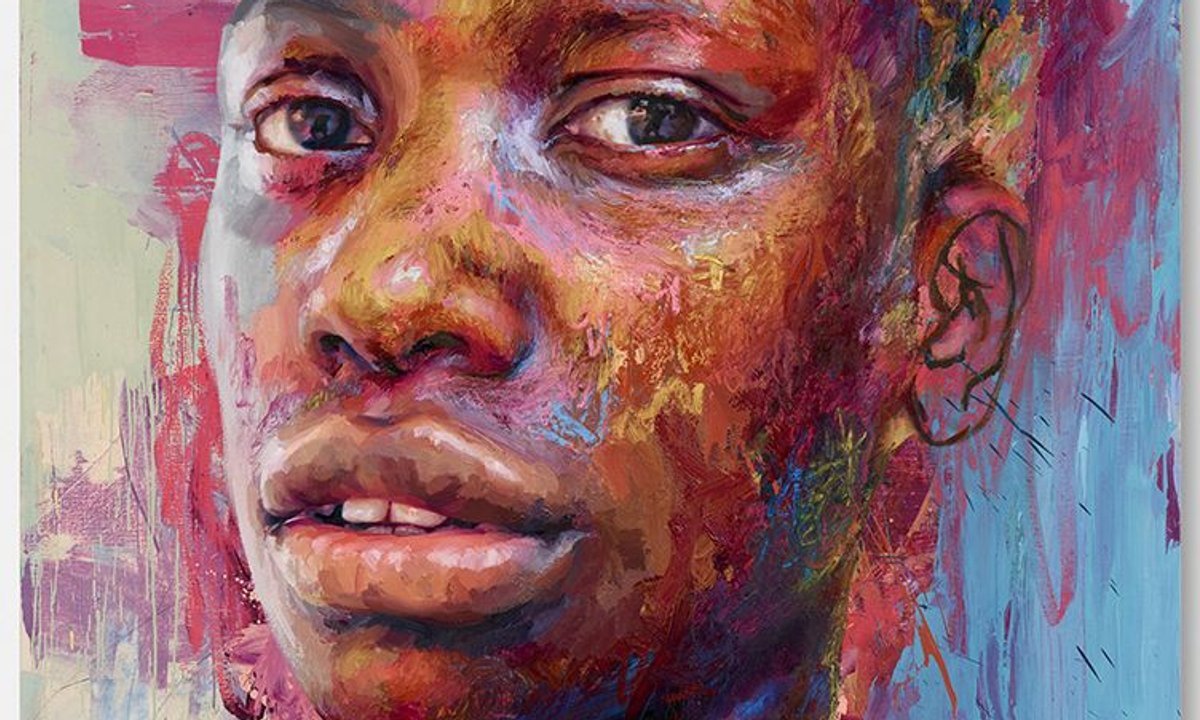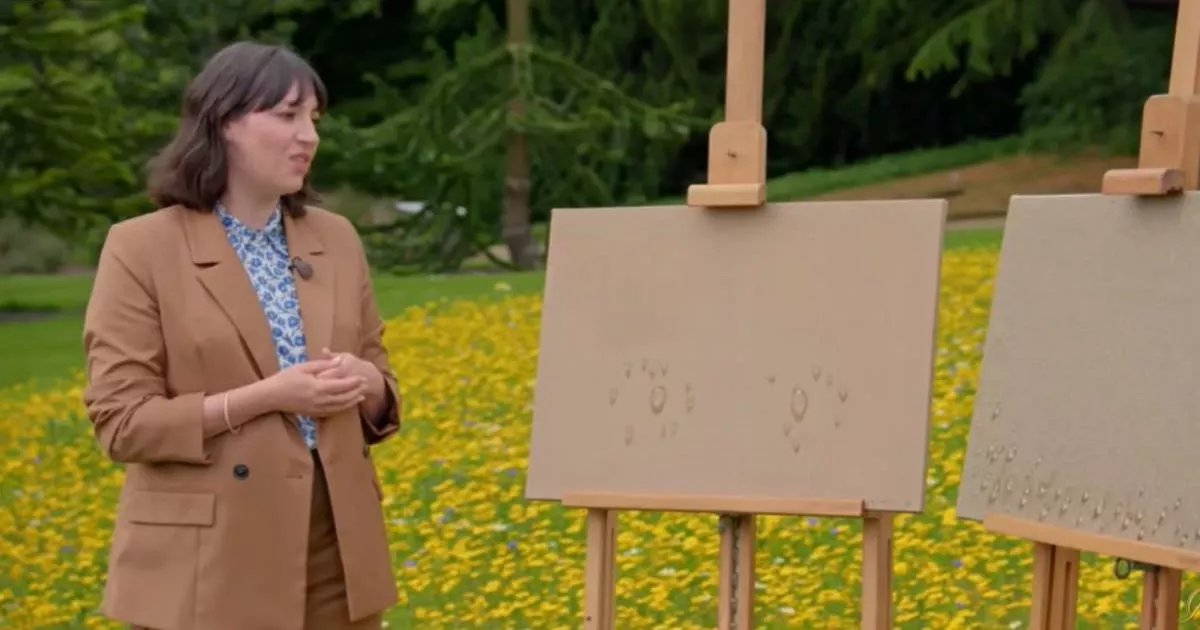Last December, between the 8th and 9th, Robin Jones passed away at Christopher Towers, a HUD supported Senior Living complex on Gervais Street. He died like he lived, alone and content with his place in the world. In the 84 years he walked this planet, he accumulated several close friends and created stunning examples of his artistic talent. His death left various pieces of his work, fond memories, and many questions behind.
Jones was born February 2, 1939, in New Orleans, two years after his mother, Kate Dubose, married Theodore Jones in Polk County, North Carolina. The family returned to Columbia while Jones was still young, and his mother lived the remainder of her days on Wheat Street in Columbia.
Jones attended Dreher High School where he met Warner Montgomery, former Columbia Star publisher. They were friends during high school and likely at USC. After graduating, Jones left USC for North Carolina. He acquired a master’s degree and a wife in 1975, before matriculating to Harvard.
Jones and Janet Sloane were married in Chapel Hill. Anyone aware of the nuptials agreed it didn’t last long. Janet was a Bryn Mawr debutante and Robin would soon abandon teaching in favor of becoming a vagabond artist.
After earning his master’s degree in art history at Harvard in 1969, Jones traveled to Italy to help Florence with the restoration of rare books and art masterpieces from the 1966 Arno River flood that killed 101 people. Around this time Jones committed exclusively to an artist’s life.
After backpacking around Europe for a time, he moved to the American west coast in 1974, settling in San Francisco. Four years later, while living in North Beach, Jones met George Long. They were linked by artistic interests and spent time working together in carpentry and in several jobs moving furniture. “We were in a very progressive intellectual furniture moving company called Doubleday Movers. He did a lot of manual labor to support his art.”
Jones established his reputation as an artist in San Francisco. He lived in lofts until 1984 when the two furniture movers got an apartment with two studios. “We were part of an art community including Jack Hirschman, Gregory Corso, Jack Micheline, and other painters, poets, and musicians. It was just Bohemia. We sat in cafés drawing while we drank wine and smoked.”
Jones headed to Sonoma in 1988, where he met and befriended Gilham Erickson, who was an architectural sculptor. Erickson introduced Jones to stone sculpting, and they found residence in a converted chinchilla farm renamed the Sonoma Art Farm. In addition to stone, Jones began working with bronze, got involved in local art shows, and helped with production at the Art Farm’s bronze foundry.
Jones’s artist statements from that period included “the equal importance of the stone and its color,” and how “carving is a dialogue between the sculptor and the stone.” Jones also mentioned the final result is “always a surprise, as though I came upon it for the first time. Art seems to me a part of nature, formed by a mysterious process, which I witness and also participate in.”
Karin Miksche met Jones at the Sonoma Art Farm in 1993. He introduced her to the musical diversity of Chopin and Thelonius Monk and impressed her with his devotion to his art and the way he worked. “From my perspective, he was very focused on what he was doing and what he wanted to do.”
Miksche remembers that Jones wasn’t a typical Harvard man. He didn’t care about business or achievement. Jones seemed to be “enriched by knowledge. He lived off the grid and totally devoted himself to his art. He was also endlessly curious, rapacious with his reading on so many topics.”
Being in the studio and watching Jones work was a favorite memory. “Being part of his world. There was something very meditative about him at work. He was in a zone.” Jones also bonded with her young son, Teddy. While visiting the Noguchi Museum in Queens, five-year-old Teddy referred to Jones as the “Bad Cowboy.” For an unpretentious artist laser focused on personal expression, the nickname still seems appropriate.
Jones returned to Columbia as the 1900s wound down. His mother was having health problems, and he needed to be close to her. He got studio space at Vista Studios at 808 Lady Street, where he met Mike Williams. “I remember when he rolled into town in his orange Chevrolet truck with everything he owned packed into the bed.”
Williams and Jones saw each other regularly during that time. “We were neighbors at the studio, and he was there every day, working—primarily on stone. He was definitely an attribute. Robin made very good artwork and worked relentlessly. ”
After his mother passed away, Jones moved back to California for a couple of years but wasn’t able to reestablish himself. He found a changing scene increasingly getting more expensive. Gilham Erickson remembered him as, “a very good friend. I was 30 and he was around 50. He really opened my eyes to the fine arts and personal expression. He was an important influence for me.”
Andrew Webber and his wife, Suzy, met Jones in California during the last months of his time there. They suggested he come home and find space at GROW, which had moved on from radicalized hippie roots into an artist haven offering low cost, no frills residences. He followed their advice.
After Jones moved back to the Midlands, contact between him and Karin Miksche became less frequent and talk of returning to New York disappeared. Miksche felt Jones had accepted his move home and made an adjustment. “He knew he was home. He found his people.”
Mark Warther was and remains the owner of the large building on Bluff Road known simply as The GROW. He remembers Jones as a “mellow” artist dedicated to his work. “I never saw him mad.” He provided Jones space at GROW from around 2003 until 2021.
Andrew and Suzy also had a studio at GROW and became friends with Jones at some point after 2000. “He was an artist…and an outlaw.” According to them, Jones worked monk-like each day in his studio and was focused entirely on producing art—any art. By the time he settled at GROW, Jones was comfortable working with stone, ceramic, and bronze, as well as painting and drawing. He even designed interactive art, was creating a “new version of chess,” and began writing a book. The only thing he didn’t do well artistically was market his work.
Hollis Beach, an editor and writer, met Jones around 2009, when he rented space at GROW to “play music and dabble in visual art. He was immediately one of the most interesting people I’d ever seen. Wonderfully interesting in everything he had to say.”
Beach knew Jones for a decade or so and considered him “the last modernist—more outlaw than Willie or Waylon and deeper than the Mariana Trench. A man of astonishing capacity and generosity who was utterly incapable of suffering fools.”
Jones abandoned teaching to become an artist, but indirectly, teaching was part of his entire life. With George Long, he was a contemporary. To Gilham Erickson, Mike Williams, and Hollis Beach, he was a mentor. To Andrew and Suzy Webber, he was both. To all these people and many more, Robin Jones was a friend. Unique, insatiably curious, uncompromising where art and labor were concerned, he was granted total respect from those who knew him.
As Jones grew older, he discovered, like most people, lifestyle choices began taking their toll. Always a loner by nature but content being involved with friends, sharing stories, drinking, smoking, and arguing over differences, he eventually became reticent—content to sit back and listen rather than take the reins and lead the discussion.
With Jones’s changing behavior causing issues at GROW, Warther facilitated the move to Christopher Towers, where the “Bad Cowboy” almost disappeared from his former life. Warther stayed in contact through Jones’s regular calls and provided necessities and vocal support— until he didn’t call.
A deputy’s knock on Andrew Webber’s door confirmed the news but didn’t begin to tell the story—not a new story or a happy story but a story still. Impressive artists suddenly disappear every day, as do countless others just trying to get by.
Hopefully, as he breathed his last, Robin Jones allowed himself a grain of satisfaction over a life well lived. Without exception he sacrificed everything else for the purity of artistic expression. By all accounts, that was all he really craved.









